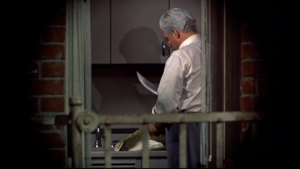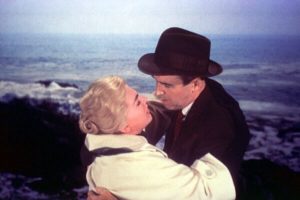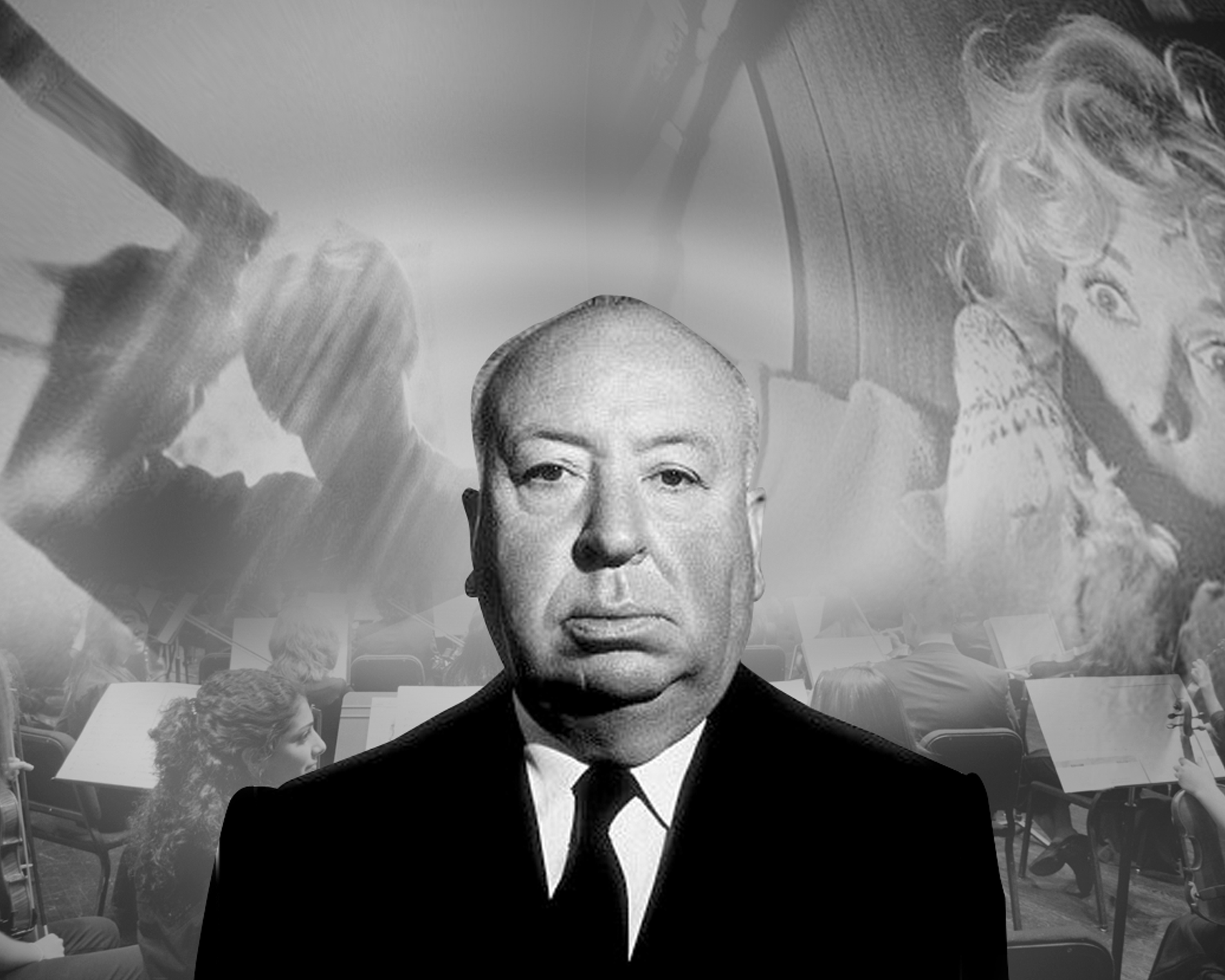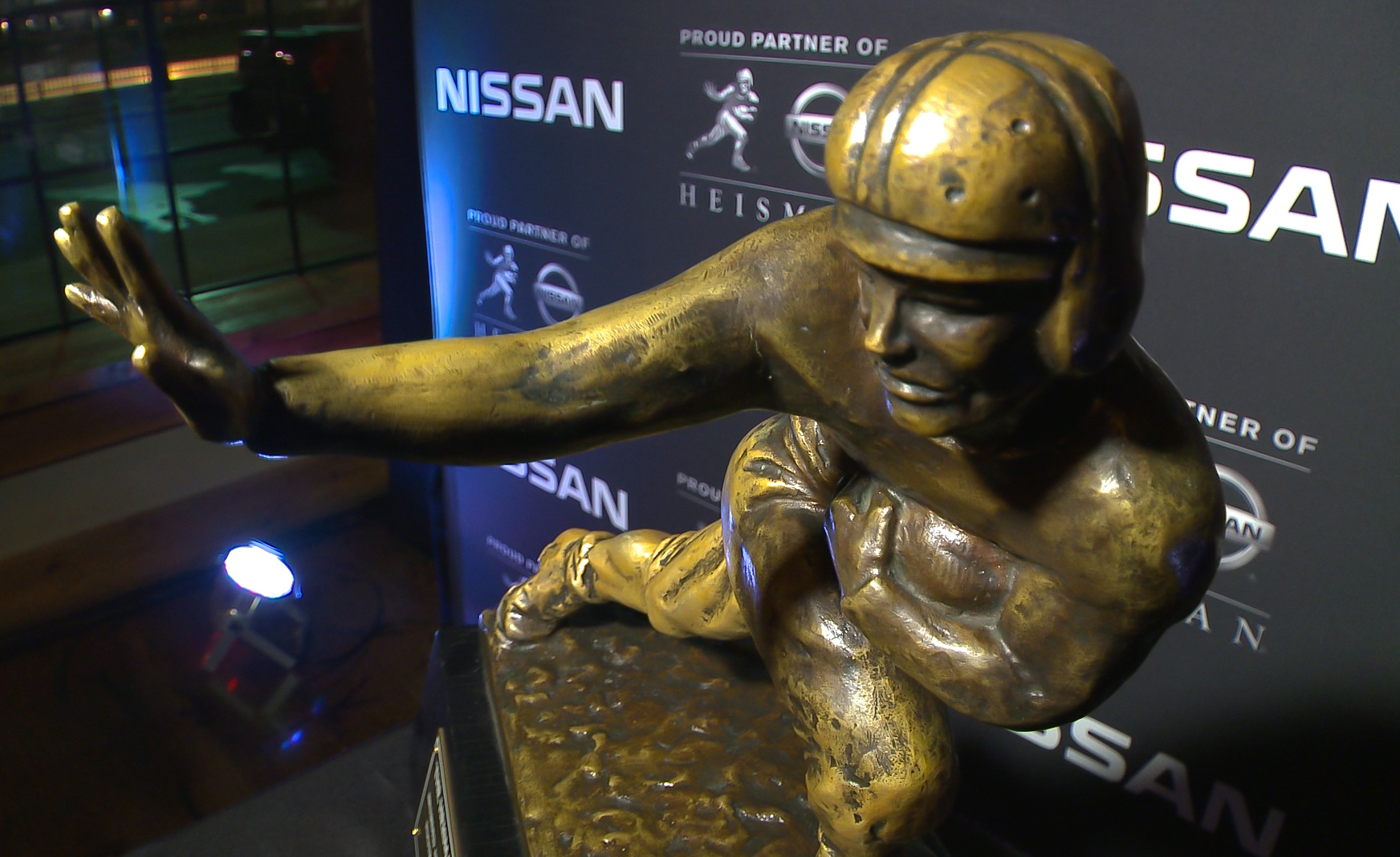WEST LONG BRANCH, NJ-To see Rear Window in its astonishing technical virtuosity or Vertigo in its nightmarish poetry, whether it’s for the first or tenth time, can still be a revelation. These films, ruminating on themes of loneliness and obsession with such personal style, seem to represent the world in compendium through its creator, the famous Alfred Hitchcock.
Regardless of whether it’s the marvel of how Hitchcock achieved certain shots, how those shots underlined an effect audiences didn’t catch the first viewing around, how music enhances the dreamlike qualities, or the looks Grace Kelly or Kim Novak cast on James Stewart, the star of both films, it seems there is always something to look for when watching a Hitchcock film—even the lesser ones. Each of those factors rendered Hitchcock’s films more layered than audiences back in his day were willing to give him credit for. Most thriller films, like Memento or The Usual Suspects, lose their appeal after the first viewing because the films hinge on the plots and their shock twist. With Hitchcock, his own style and treatment of the subject and theme transcends simple restraints like plot.

That’s not to say that the plots for his films are unimportant—in fact, on the contrary. Rear Window is about a photographer, L. B. Jefferies (Stewart), who is confined to a wheelchair because of his broken leg. For entertainment, he looks out of his window with his camera lens into the lives of others living across the street. The viewer sees the progression of their lives, and of the film, like hearing a symphony from a great composer develop. A newly married couple starts off in a euphoric relationship of love only to disintegrate after a few days as if they were married for years. A pianist struggles to write his newest piece. Miss Lonely Heart dines alone every night, hoping for someone to come through the door and woo her. A young dancer can’t do anything but resist the men who come through her door to woo her. As for an older couple, Jefferies wonders what happened to the wife after she disappears so suddenly, and enlists Lisa (Kelly) to help.
Right away, the viewer notices the camera is nailed to the vantage point of Jefferies and never leaves. Is this pure entertainment for cheap thrills? When watching the film, it seems to be so. Yet with each subsequent viewing, the voyeurism becomes more and more evident. Jefferies is obsessed with the narratives of his neighbors’ lives, and the fact that the film is alongside him at all times enhances that feeling. Is it cruel? One can argue that it is, especially when considering its macabre humor and painfully ironic ending.
One can also look at how marriage and togetherness plays a part that is often ignored by the general public of this film. Part of Rear Window‘s genius lies in the subversive treatment of this particular subject, whether it’s Miss Lonely Heart’s ending, the dancer’s reunion, or the inventive sequence in which Lisa investigates the missing wife’s apartment and finds a ring, holding it up for Jefferies across the way and implying everything besides its importance in Jefferies’ investigation.
Vertigo is on the other end of the spectrum. The film is not light-hearted or fast paced, and almost functions like post-modern horror on a psychological level without the plausibility of a “psychological film.” However, Vertigo recently unseated Citizen Kane‘s forty year reign as the greatest film of all time in the British Film Institute’s Sight and Sound poll. Stewart again plays a detective of sorts, by the name of Scottie Ferguson, handicapped not from a broken leg but from acrophobia, a fear of heights. He is hired by an old friend, Gavin Elster, to follow his wife Madeleine, because he fears she has been possessed by the spirit of a woman who bears no relation to her. Scottie follows Madeleine and in the process, falls obsessively in love with her.

To spoil the rest of the film is as criminal as the actions of the film’s villains. Vertigo, like all of Hitchcock’s films, is inconsistent in terms of narrative continuity, but he is rarely if ever concerned with realism in films. He seeks most of all to convince us through the logic that the film sets up, and though Vertigo might be his most melodramatic film, it is also his most innovative and most personal. It speaks volumes to his talent that the film can be cherished and reach its full effect even through dated elements.
One of its most terrifying scenes involves a dream Scottie has covering all of the clues that lead him through the first half of the movie and into both a metaphorical and literal grave. The scene is given an exaggerated green tint, and his head flies toward the screen, as if Hitchcock were devising the transition for the Adam West Batman eight years in advanced. It is relentless in its depiction of a man driven to insanity.
This theme of insanity haunts the rest of the film. Its pace is deliberate, which many might criticize, but its emphasis on a fantastical, dreamlike quality when Madeleine is on screen and its contrast with rigid nightmarish quality when Scottie is on screen culminates to form a film darker and endlessly re-watchable.
Vertigo almost seems like an exercise in hypnotism, which is accented by the deliberate pace, the beauty in its images amid its most voyeuristic situations, and the masterful, fever pitch score by Bernard Hermann that underlines the feelings of sorrow, regret, romance and terror in each scene. His “Scene D’amour” plays like a recurring theme with several variations. The ending might be considered preposterous, but within the confines of the story, it is difficult to imagine it ending any other way.
James Stewart, known for playing idealistic, awkward bumpkins like Jefferson Smith in Mr. Smith Goes to Washington (1939) and George Bailey in It’s a Wonderful Life (1946), took a career turn in the post-war movie industry, starting his new image with a role as a cold, articulate professor in Hitchcock’s Rope in 1948. Throughout the 50s he took on challenging, disturbing roles as a killer (The Naked Spur), bounty hunter (Winchester ’73), and morally grey lawyer (Anatomy of a Murder), but he reached the apex of his character diversity under Hitchcock in Rear Window and Vertigo.
In these movies, he is sinister, obsessive, angry, and conveys complex human emotion on a level he had not attained in the earlier part of his career. Many contend that one of his best scenes manifested in the pain Scottie experiences at the end of Vertigo—a final confrontation, in the setting where his first great trauma happened. He is menacing in the shadows, trying to control his anger, and as he steps out where the moonlight brings only a faint outline of his miserable eyes, he says, “You shouldn’t…you shouldn’t have been so sentimental.”
Through the lens of movies like Rear Window and Vertigo, it is no surprise that film critics and movie goers alike say that Hitchcock was a true auteur of films and a tour de force of entertainment and cinematic innovation. He has arguably made more great films in twenty years than most directors can muster in an entire career spanning twice that time. His edginess may have been slightly lost as time progressed, but the astonishing energy and control over which his greatest films are shot through continue to hold people in his spell sixty years after their release.




